The nozzle brick is made of high-purity raw materials, formed by vibration casting and low-temperature baking, and has the advantages of high thermal strength, thermal shock resistance, corrosion resistance and erosion resistance, and thermal repair.
Introduction to nozzle brick
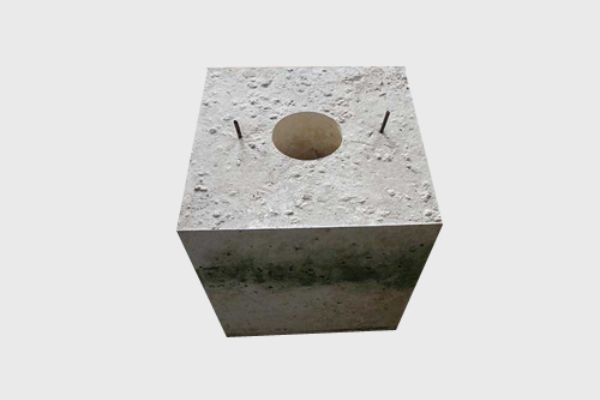
The seat brick is a refractory brick built at the bottom of the steel drum to fix the nozzle brick. Its shape is square, so it is also called a square brick. The seat brick is used to fix the position of the water outlet; it is convenient for dismantling and installing the water outlet; it supports the lower end of the stopper rod when pouring; after pouring, ensure that the stopper rod slides along the arc surface to the water outlet, and then cuts off the injection flow. Seat brick materials can be divided into clay, high alumina, or unfired high alumina.
Specification of fire-resistant nozzle brick
| Item | Index | ||
| Chromium Fused Alumina | Fused Alumina | Corundum Spinel | |
| Al2O3 % | ≥90 | ≥92 | ≥80 |
| Al2O3+MgO % | / | / | ≥92 |
| Cr2O3 % | ≥2 | / | / |
| Bulk density g/cm3 | ≥3.0 | ≥2.95 | ≥2.95 |
| Cold Crushing Strength MPa | ≥60 | ≥50 | ≥50 |
| 0.2MPa Refractoriness under load ℃ | ≥1700 | ≥1700 | ≥1700 |
Characteristics of nozzle brick
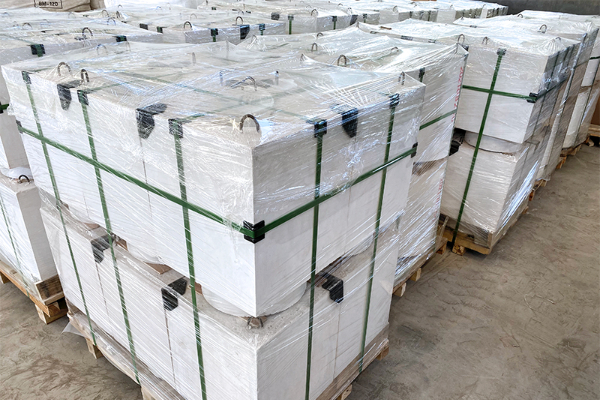
- High-temperature corrosion resistance
Refining ladles have very strict requirements in terms of temperature and time, and the maximum temperature often reaches above 1750 ℃. During the refining operation, the alkalinity of the slag has a great influence on the life of the refractory material. The alkalinity of ladle refining slag varies within the range of approximately 0.6 to 0.4, so refractory materials are corroded by acidic slag, and alkaline slag with strong permeability at high temperatures is damaged quickly. - High-temperature wear resistance
Various ladle refining methods use forced stirring, which causes serious wear and tear on the nozzle brick at high temperatures. - Peeling resistance
Due to the intermittent operation, the temperature will change greatly, which is prone to thermal spalling and structural spalling, and the use conditions are very harsh. There is a big gap between the performance of the currently used steel-clad breathable bricks and the performance they should have. For example, in terms of high-temperature corrosion resistance and spalling resistance, especially the spalling resistance needs to be improved.
 Kumpulan Rongsheng
Kumpulan Rongsheng

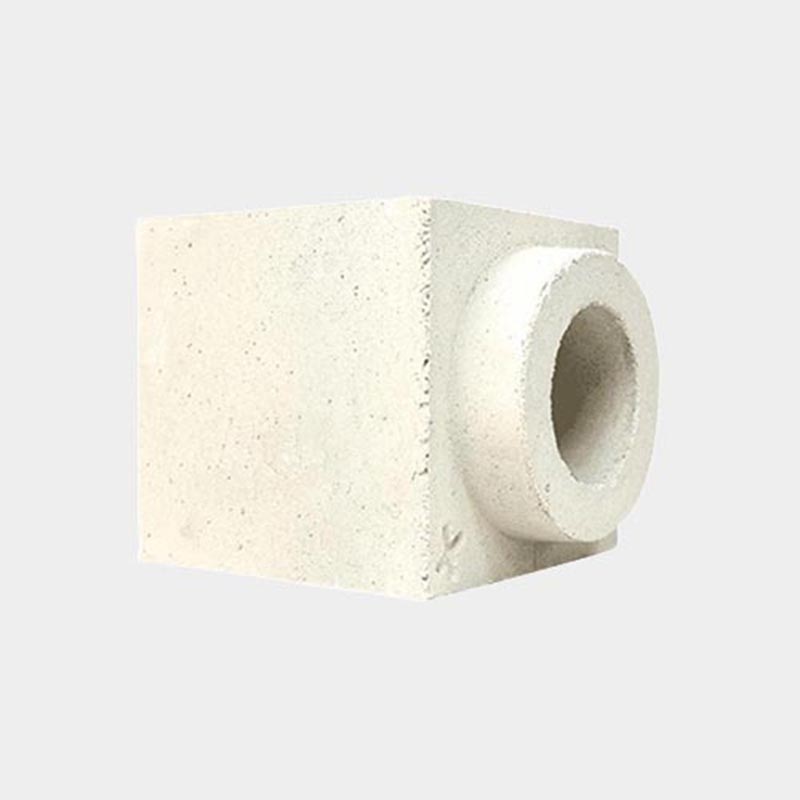
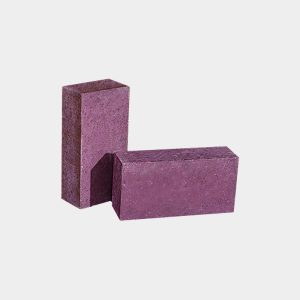

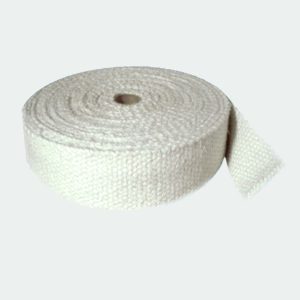
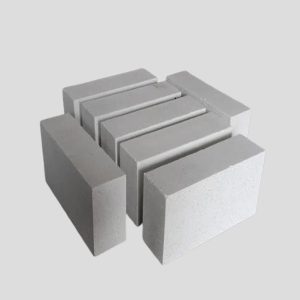
WeChat
Imbas Kod QR dengan wechat